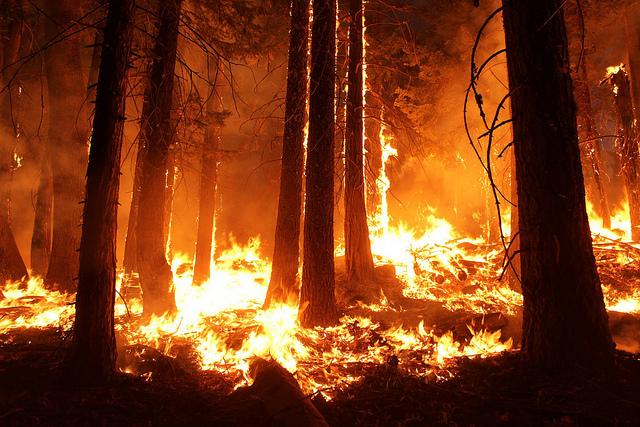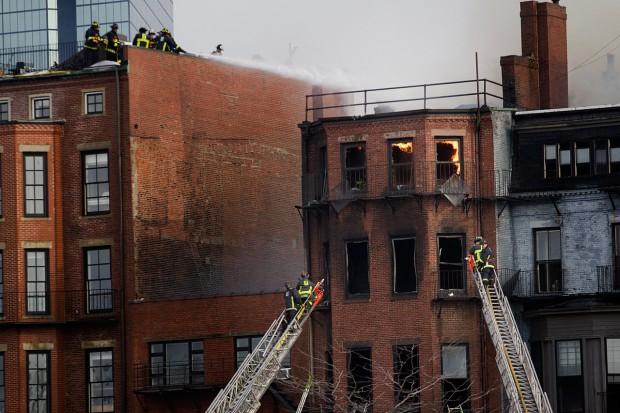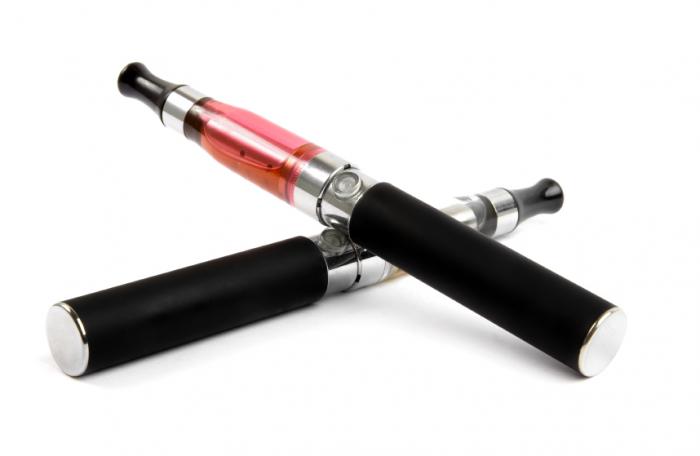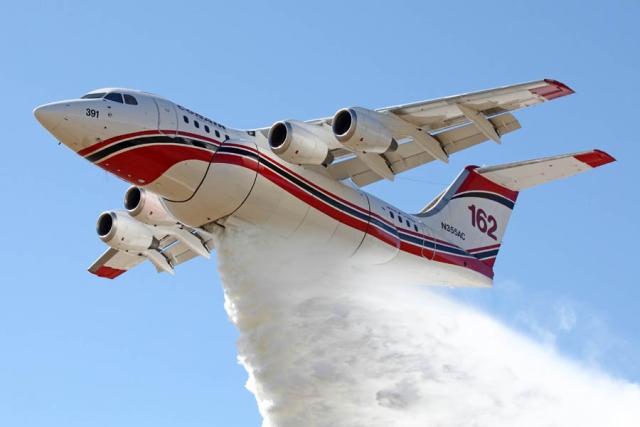
Passenger`s phone catches fire mid-flight
An Alaska Airlines passenger`s phone burst into flames on a flight en route to Hawaii, and the airline and the FAA say they are investigating.

An Alaska Airlines passenger`s phone burst into flames on a flight en route to Hawaii, and the airline and the FAA say they are investigating.

Residents of a Mississippi Mills, Ontario neighbourhood who recently found out their drinking water has been contaminated with chemicals found in firefighting foam want the neighbourhood National Research Council facility shut down until the problem is resolved.

Fire prevention strategies for First Nations communities can still be improved on, according to the Aboriginal Firefighters Association of Canada (AFAC). Richard Kent, AFAC secretary and treasurer, spent a week in Ottawa as part of a delegation discussing ways to better combat fires.

Eight people died at the headquarters of one of Thailand`s largest banks when workers accidentaly triggered the release of fire extinguishing chemicals during an upgrade of the building`s safety system.

The B.C. government stepped up its efforts to prevent human-caused wildfires by announcing tough new penalties for people who ignore the rules or interfere with firefighting efforts.

A lack of training to fight a wind-driven fire, the lack of a sprinkler system, inadequate staffing, and an inadequate assessment of risk were factors in the deaths of two Boston firefighters in a 2014 blaze that tore through a Back Bay brownstone, according to a federal report.

In the early morning of March 1, 1965 in the city of Lasalle, Quebec a gas line exploded, destroying a number of low-cost housing units. Twenty-eight people lost their lives, 39 were injured and 200 were left homeless.

A Kentucky man is recovering from second-degree burns after he says an electronic cigarette battery exploded in his pocket.

A UN panel has approved a temporary ban on cargo shipments of rechargeable lithium batteries on passenger planes because they can create intense fires capable of destroying an aircraft.

The province has announced a “made in B.C.” tool to fight forest fires this summer. B.C.’s aerospace sector has been engineering the latest in aerial firefighting technology.